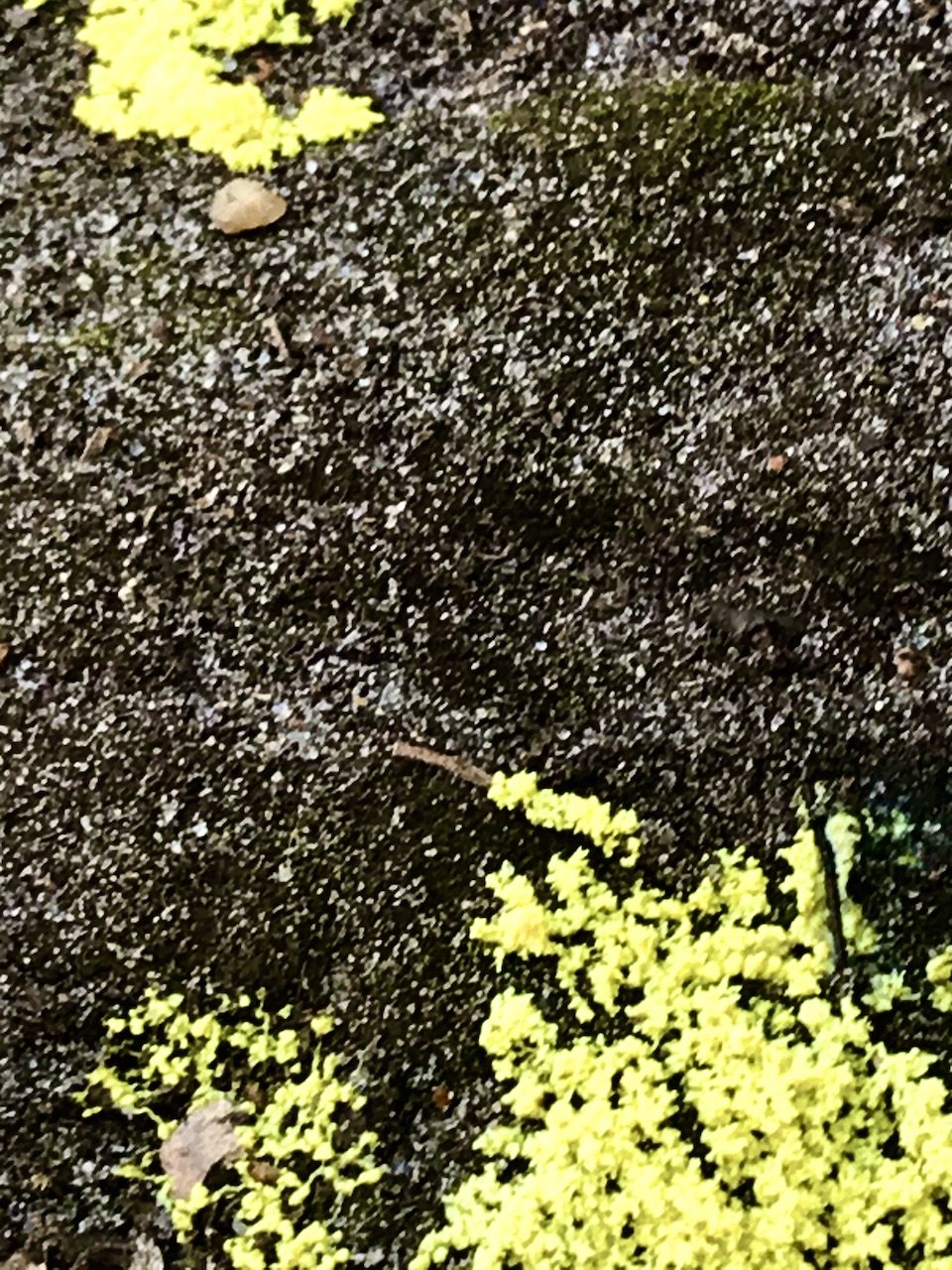ABOUT BORDERLAND

Border and limit are not the same. The distinction, however, tends to collapse with the construction of border walls. The limit is an abstraction, devoid of space. The border instead, parallel and adjacent to the limit, has an extension and is comprised of subsequent crossings that permit human transit. These may be bridges, roads, gorges, or ports. In part, there is an issue of scale: the border, the real one, not its representation on a map, is a strip of ‘no man’s land’, also called borderland. What on paper looks like precisely drawn lines are, on the ground, fuzzy areas of vagueness and vagrancy. In part, there is an issue of perspective: those who live in border cities know of the frontier’s diffuse nature, a knowledge concealed from those who draw it from the capital cities. More than a territorial juxtaposition, it is the repeated affirmation that leaving one country does not necessarily and immediately imply entering another.
The border demarcation establishes ways of flow, discrimination and control. Its layout is cautiously designed to protect differences, regulate interactions and allow (or not) the integration of neighbouring countries. Borders are controversial, contested, belligerent spaces. Some seek to avoid them, while others are indifferent to them. What does the Patagonian gaucho care if he is in Chile or Argentina. For some, the transit through the borderland can constitute an experience of uncertainty, of not knowing how one will be received on the other side. It can also be an experience of freedom, of not belonging, or of transition. For a few meters, surveillance and control are suspended, categories and classifications are exposed as artificialities that have little to do with the terrain.
Borderland is an independent and open access journal for all transient border-writings, indifferent to categorisations and origins. Formal categories such as ‘prose’, ‘fiction’, ‘autobiography’, ‘criticism’, and ‘review’ are traversed and transferred with ease and aplomb; the writings are transient, coming from different crafts and trades, carrying with them the trajectory and curiosity of border exploration. Our goal is to offer a publication platform for all those whose work is found in the wide and free space of the borderland.
